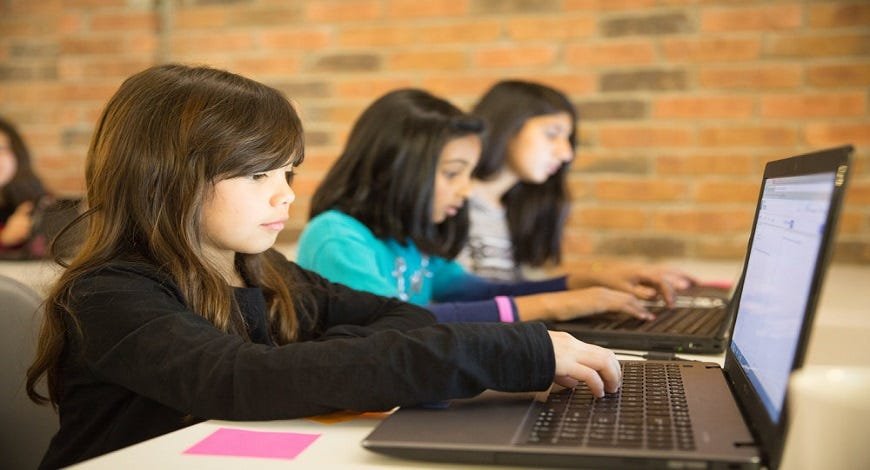K-12 teachers are generally underprepared for GenAI integration and primarily use it for out-of-classroom duties rather than direct instruction, with both internal and external barriers affecting adoption.
Objective: The study aimed to examine K-12 teachers' preparedness, current practices, and barriers encountered when integrating generative AI in education, specifically focusing on teachers in Idaho, USA.
Methods: The research employed a cross-sectional survey method with 89 K-12 teachers in Idaho, using snowball sampling. Data was collected through online surveys featuring both closed and open-ended questions. The analysis combined quantitative and qualitative approaches, examining teachers' preparedness levels, learning initiatives, current practices, and perceived barriers to GenAI integration.
Key Findings:
- Teachers reported being generally underprepared for GenAI integration, with 61% feeling either "not at all prepared" or "slightly prepared"
- Less than half of the participating teachers currently use GenAI in their practices
- Teachers primarily use GenAI for out-of-classroom duties (lesson preparation, assessment, administrative tasks) rather than real-time teaching
- Second-order barriers (58%) were perceived as more influential than first-order barriers (42%)
- Major barriers included technology value beliefs (17%), pedagogical beliefs (14%), concerns about unethical use (14%), and lack of policies/guidance (13%)
- Only 39 out of 89 teachers reported current use of GenAI in their daily practices
Implications:
- The findings highlight the urgent need for systematic, targeted initiatives to develop teachers' GenAI competencies
- Professional development programs should focus on both technical skills and addressing teachers' beliefs and concerns
- Clear policy frameworks and guidance are needed to support responsible and effective GenAI integration
- Schools may need to partner with technology companies to improve access to AI-powered educational resources
- The results can inform the development of support systems and policymaking for GenAI integration in education
Limitations:
- Limited funding and resources restricted data collection
- The snowball sampling method may have led to selection bias
- The study focused on a specific geographic region (Idaho)
- Reliance on self-reported data may introduce social desirability bias
- The sample primarily consisted of teachers from rural areas
Future Directions:
- Conduct larger-scale studies with more representative samples
- Explore similarities and differences among rural, urban, and suburban settings
- Investigate factors that motivate teachers to use GenAI
- Examine the long-term impact of GenAI integration
- Study the effectiveness of different professional development approaches
Title and Authors: "Integrating generative artificial intelligence in K-12 education: Examining teachers' preparedness, practices, and barriers" by Yin Hong Cheah, Jingru Lu, and Juhee Kim
Published On: January 5, 2025 (Accepted Date)
Published By: Computers and Education: Artificial Intelligence
The study provides valuable insights into the current state of GenAI integration in K-12 education, particularly highlighting the challenges faced by teachers in rural settings. The findings emphasize the need for comprehensive support systems that address both technical and psychological barriers to adoption, while also suggesting the importance of clear policy frameworks to guide implementation.
